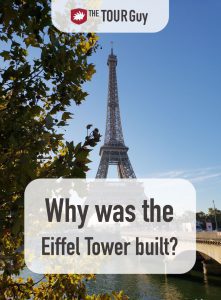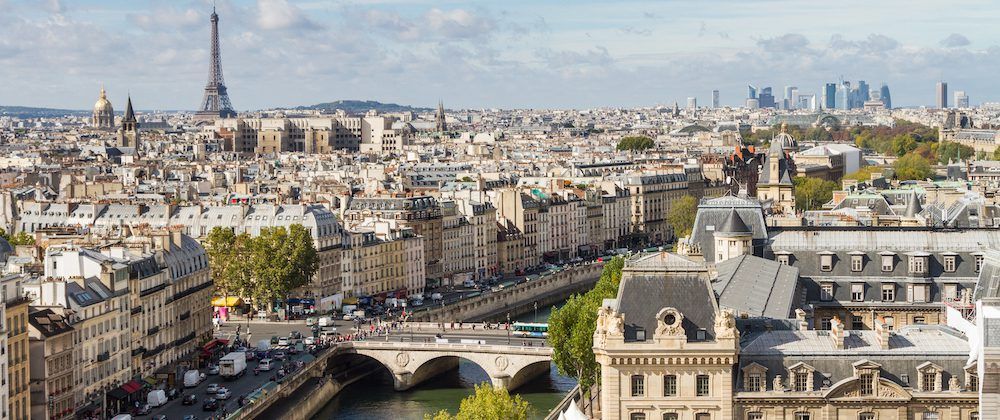The Eiffel Tower is easily one of the world’s most recognizable buildings, but why was it built? Was it built for the sole purpose of being beautiful? The answer is “sort of” and things article will explain it all.
Pro Tip: Planning your trip to the Eiffel Tower in Paris? Bookmark this post in your browser so you can easily find it when you’re in the city. Check out our guide to Paris and the Eiffel Tower for more planning resources, our top Paris tours for a memorable trip, and find out if a tour of the Eiffel Tower is worth it.
Why Did France Decide to Build the Eiffel Tower?
City planning comes with many responsibilities. Some of which are needs of the city such as plumbing, sanitation, and health requirements. Then there are certain marketing aspects that are very important to a cities success. You’ll need beautiful monuments that draw visitors and allow businesses to thrive.
So why did they build the Eiffel Tower? It most certainly was not for sanitary reasons but more so to draw crowds. That said, the mayor of Paris did not wake up on a Thursday and decided to commission an expensive monstrosity. It was all based around an event of global proportions!
Eiffel Tower Facts
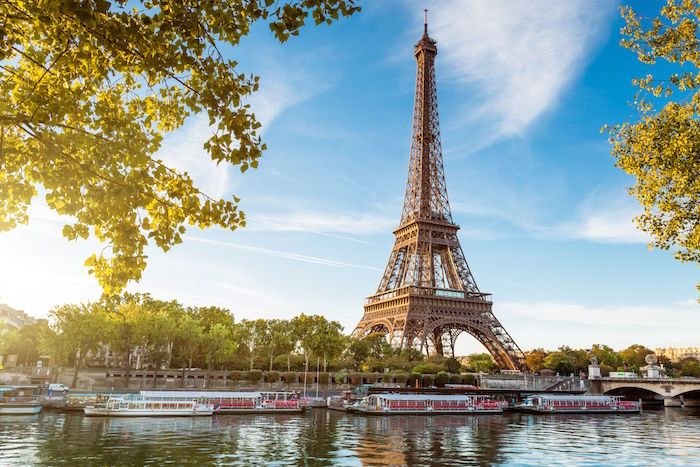
Before we jump into the whole story, let’s just get familiar with the incredible iron tower we all know and love. Before reading on, let’s go over some quick Eiffel Tower facts:
- When was the Eiffel Tower built? Between 1887-1889
- How tall is the Eiffel Tower? 1,063 feet
- Who built the Eiffel tower? Maurice Koechlin and Émile Nouguier under the direction of Gustave Eiffel
- What is the Eiffel Tower made of? Wrought iron
- How many levels are there? There are three levels. There’s the first floor, the popular second floor, and the exclusive summit. All are accessible by elevator, but you can also walk to the first and second levels.
Construction of the Eiffel Tower
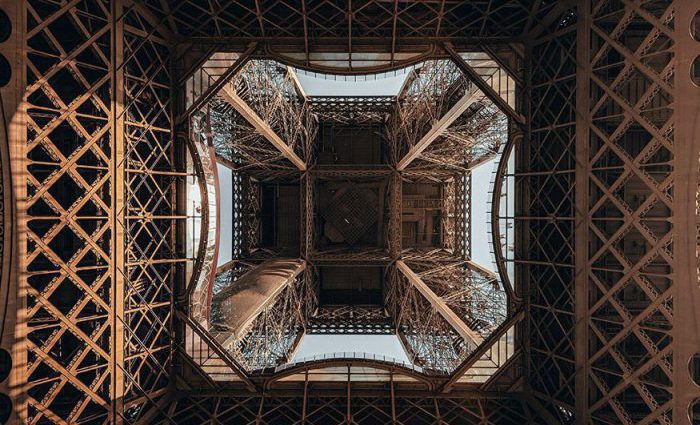
Why was the Eiffel Tower built? Let’s go back: the 1889 Exposition Universelle in Paris was being organized to celebrate the 100th anniversary of the fall of the Bastille and the beginning of the French Revolution. Two years earlier, one plan had been selected from 107 proposals for an adequate centerpiece for this grand event.
Although the Tower bears the name of famed Parisian civil engineer Gustave Eiffel, its plans were initially drafted by two leading engineers at his firm, Maurice Koechlin and Émile Nouguier. With the help of the company’s chief architect Stephen Sauvestre, and eventually the support of Eiffel himself, the Tower was ready to be built.
Construction began on February 28, 1887. After just over 2 years, on March 31, 1889, Gustave Eiffel himself showed a group of government officials and journalists up the newly-completed tower. The elevators were not yet in operation, but a few of the group made it all the way to the top using the 1,710 stairs!
The French tricolor flag was raised and a 25-gun salute was fired. A few months later, the World’s Fair officially began and members of the public thronged to the tower – almost 2 million people climbed it during the Fair alone.
Not ready to book a tour? Find out if a tour of the Eiffel Tower is worth it.
The Public’s Response
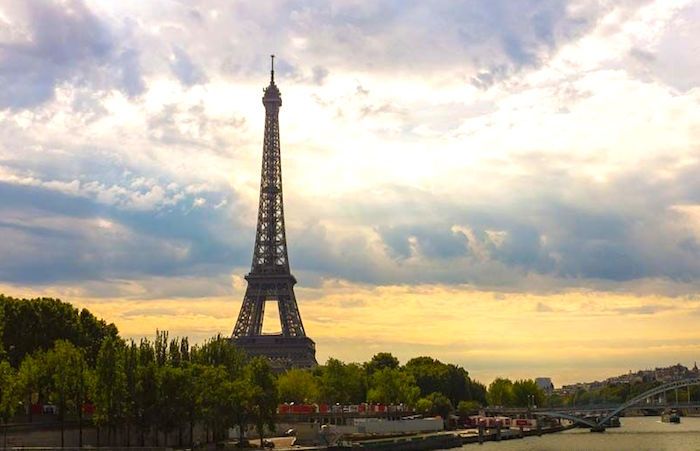
A number of prominent Parisians protested the building, saying it did not fit in with the rest of the city. One famous opponent, the writer Guy de Maupassant, was vocal about hating the tower long after its construction but ate at its restaurant frequently. When confronted with this apparent contradiction, he claimed to frequent the Eiffel Tower’s restaurant because it was the only place in the city where you couldn’t see the tower!
The Eiffel Tower is immensely popular today despite the early protests. It also now sees more visitors than any other paid attraction in the entire world. An estimated 6-7 million people a year get tickets to go up and see Paris from on high.
At 986 feet tall upon construction, the Eiffel Tower surpassed the Washington Monument in Washington, D.C. as the tallest building in the world. It held the title for about forty years (it was bested by New York’s Chrysler Building in 1930) and is still the tallest building in Paris. It is made of wrought iron which means it grows and shrinks with temperatures – in summer, it’s about six inches higher than in the winter.
Eiffel Tower Renovations
In 1889, the tower was a reddish-brown color which is not nearly as bad as when it was painted yellow! Yes, ten years later the tower was painted yellow which would be difficult to picture now.
After a few more changes in appearance (including a spell from 1925 and 1936 when it featured a brilliantly-lit ad on its side for the French automaker Citroen), a final color was finally selected in 1968: “Eiffel Tower Brown”. And to look its best, the tower is actually painted in three different graduated shades.
The color has remained constant for a while, but that doesn’t mean the Eiffel Tower isn’t getting regular face-lifts – it’s completely repainted with 60 tons of paint every seven years. And every night since 1985, the tower has featured a 5-minute light show at night, every hour, on the hour, with magical sparkling lights and a powerful beacon shining from the top of the tower.
Where is the Eiffel Tower?
Located on the Champ de Mars in Paris, the tower can be accessed from the Metropolitan stop Bir-Hakeim. Tickets can be bought online and are around 25 euros per adult to get up to the very top (the price is lower if you only go to the “second level.” Or, you can check out our guided Eiffel Tower Tour, which also includes a Seine riverboat cruise.
Not ready to book a tour? Find out what the best tours of the Eiffel Tower are for you.
Eiffel Tower Restaurants
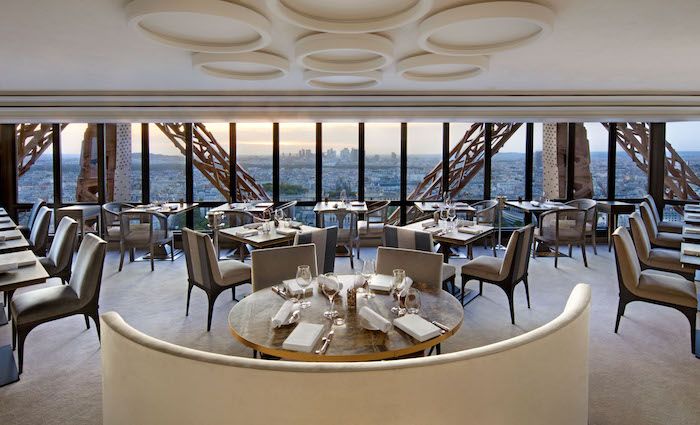
The Eiffel Tower offers the unique experience of dining in one of its two restaurants: one, Le 58 Tour Eiffel, is on the first level. On the second level, there’s the even more exclusive and elegant Le Jules Verne. And on the top of the tower, there is – what else? – a champagne bar. For more on the Eiffel Tower restaurants and how to reserve read our article on everything you need to know to visit the Eiffel Tower.
Like a lot of landmark buildings, though, the beauty of the Eiffel Tower is not just in the experience of visiting it or climbing it – it’s that you can enjoy it from countless vantage points around the city. It provides an iconic and romantic backdrop for all your Parisian adventures.
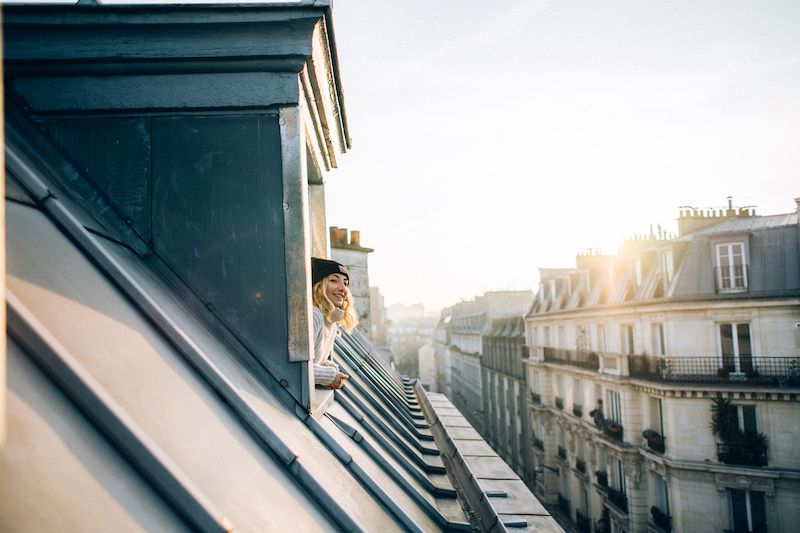
Where To Stay in Paris
With a city as magnificent as Paris, it can be hard to find the perfect hotel at the perfect price. Explore the best hotels and places to stay in these incredible neighborhoods in Paris.
Our Best Guided Tours of Paris
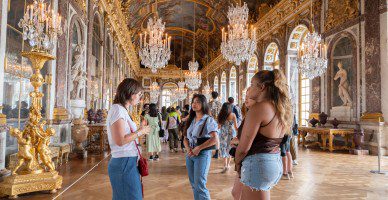
Likely to Sell out
Palace of Versailles and Gardens Tour from Paris
Navigating transportation, dealing with tickets, and waiting in long lines can ruin your day at Versailles. Our half-day small group tour eliminates the hassle entirely. With roundtrip transport from Paris, skip-the-line access, and a friendly guide, you’ll effortlessly explore the palace, discover its highlights, and enjoy free time in the gardens. After your guided experience ends, you’re free to stay in the gardens, visit Trianon and take the train back to Paris at your convenience.
See Prices
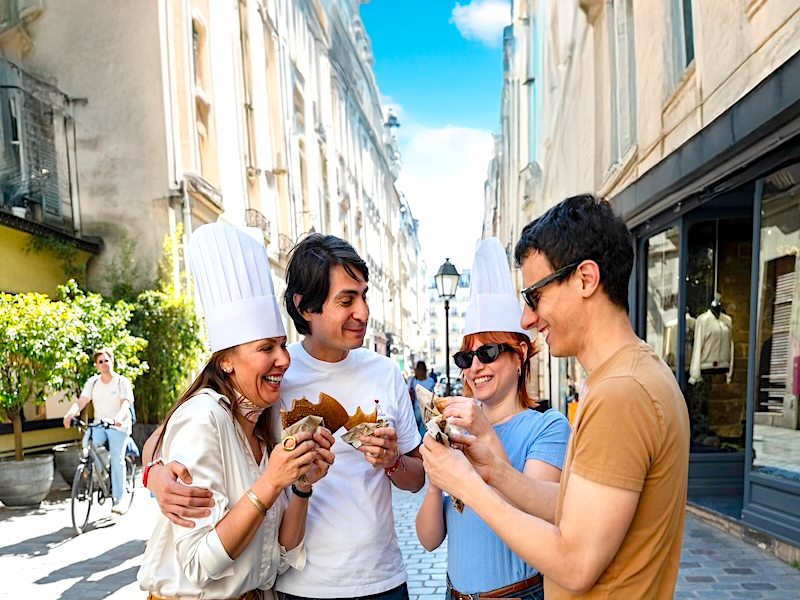
Top Selling
Le Marais Paris Food Tour with Authentic Sit-Down Dinner
With local spots tucked away and confusing menus, most visitors end up overpaying at tourist-trap cafés instead of finding the authentic spots. Our local, friendly guide leads you through Le Marais to five real local businesses for eight tastings and four French drinks, including oysters, Boeuf Bourguignon, falafel, and sweet crêpes. Walk historic streets, hear food stories, and savor Paris like an insider.
I Want More Paris!
- Not sure what to do in Paris? Check out our step-by-step guide about how to do Paris in a Day. If you’d rather let us guide you, check out our Paris tours.
- Parlez-Vous Francais? Learn some of the most important French phrases before your trip to Paris.
- Follow our European adventures on Facebook, Instagram and YouTube. Then, comment and tell us what you want us to cover next.
